Is there a way to enable developer mode in Application Insights for a react project. Looking at these docs and this previously asked question I've setup my config to look like this
if(process.env.NODE_ENV === 'development')
{
config = {
instrumentationKey: process.env.REACT_APP_AI_INSTRUMENTATION_KEY,
extensions: [reactPlugin, clickPlugin],
extensionConfig: {
[clickPlugin.identifier]: clickPluginConfig,
reactPlugin: {history: browserHistory}
},
// send telemetry immediately
maxBatchInterval: 0,
maxBatchSizeInBytes: 0,
loggingLevelConsole: 2 // log internal app insights errors to console
}
}
I expect that while running my project locally, telemetry will be sent to the portal much faster but there's still at least 10 minute delay between when I perform an action and when it appears in the Application Insights portal.
The developer mode docs specify Node.js runtime for javascript implementation. To be honest, I'm not sure what runtime a Create-React-App application uses, although I do believe it is Node.js.
 Also like,
Also like,
